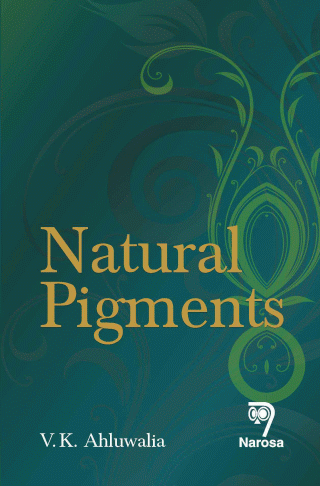About the book A large number of pigments occur naturally and are widely distributed. The presence of these pigments is responsible for various colours. These pigments also exhibit various biological activities in mammals, the most important being antioxidant activity. Besides this, the pigments have many other biological activities including antimicrobial, anticancer, mitochondrial-adhesion inhibition, antiarthritic, estrogenic and prostaglandin synthesis inhibition etc. The most important use of natural pigments is that they are used as food colorants. Natural Pigments describes different types of Natural pigments including Pyrone pigments (Chromones, Flavones, Flavanones, Flavonols, Isoflavones, Aurones, Anthocyanidins, Xanthones, Coumarins), Quinones pigments, Pyrrole pigments (Chlorophyll, Haemin, Haemoglobin) and Carotenoids (a, ß, ? -carotenes and Lycopene) alongwith the methods of structural elucidation and methods of synthesis and properties. |



